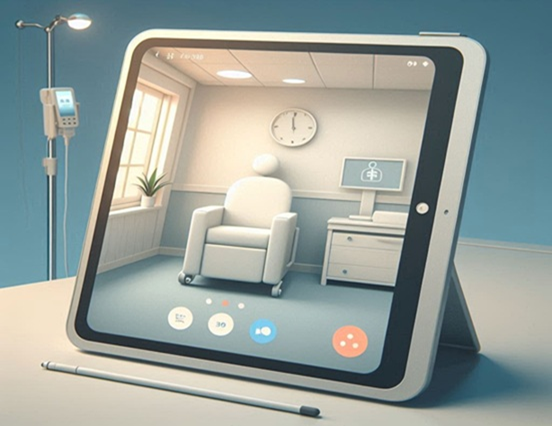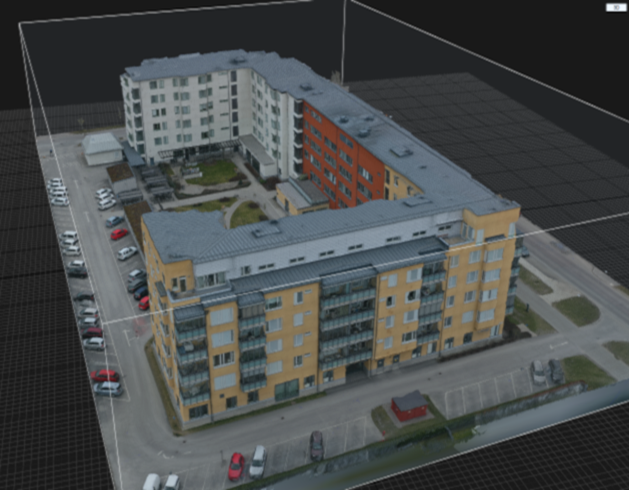Accessibility
As an accessibility specialist, I have been responsible for developing and implementing technical solutions that promote accessibility for people with functional variations, including individuals with hearing impairments and the deaf and deafblind. By working closely with user groups, I identify needs and requirements for technical solutions through workshops and hearings. This user-centered approach ensures that systems are adapted to meet specific needs and create new opportunities for communication. With experience in leading the entire process, from requirements to delivery, installation and training in several locations, I have worked to optimize accessibility and the user experience. My expertise also includes work with video telephony, awareness systems and alarm technology, which makes it possible to create integrated and effective solutions that improve safety and facilitate communication for people with special needs. By combining connectivity, new technology and a human-centered perspective, I ensure that digital solutions contribute to a higher quality of life and stronger digital inclusion.
Patienttelefoni

Patient telephony I developed a video telephony solution for patient telephony in Region Västerbotten to improve accessibility for people with hearing impairments, deaf people, and deafblind people in connection with a hospital stay. I participated in a workshop/hearing together with each user group and developed requirements for the technical solution. The solution was tested and supplemented with Braille readers. I carried out delivery, installation, and training in three locations. The equipment could be borrowed at the emergency department at each hospital.
Välfärdteknik, Tillgänglighet
Smart Blocks AI sensor, Digital Twin

Project Manager Smart Blocks: For two years, I was the project manager for Smart Blocks at Alfred Nobel Science Park, a project that aimed to create a smart neighborhood for older people. The goal was to offer better quality of life and security by implementing new open solutions for welfare technology, with a socio-technical focus that puts people at the center. The Smart Blocks project has used advanced artificial intelligence to improve the quality of life for older people. By integrating smart sensors and AI-based systems, we have been able to monitor and analyze health data in real time, which enables faster and more precise interventions when needed. These technologies have not only increased the safety of residents, but also optimized resource use and improved the overall quality of care. The AI researchers in the project also developed a 3D model of the neighborhood and built a digital twin of the neighborhood to collect data from movement patterns. At Örebro University's robotics lab, video analysis technology and smart AI sensors from the company Vinotion were tested. The purpose of this test was to analyze data and thus gain a deeper understanding of how the neighborhood is used and develop support for improved design and function.